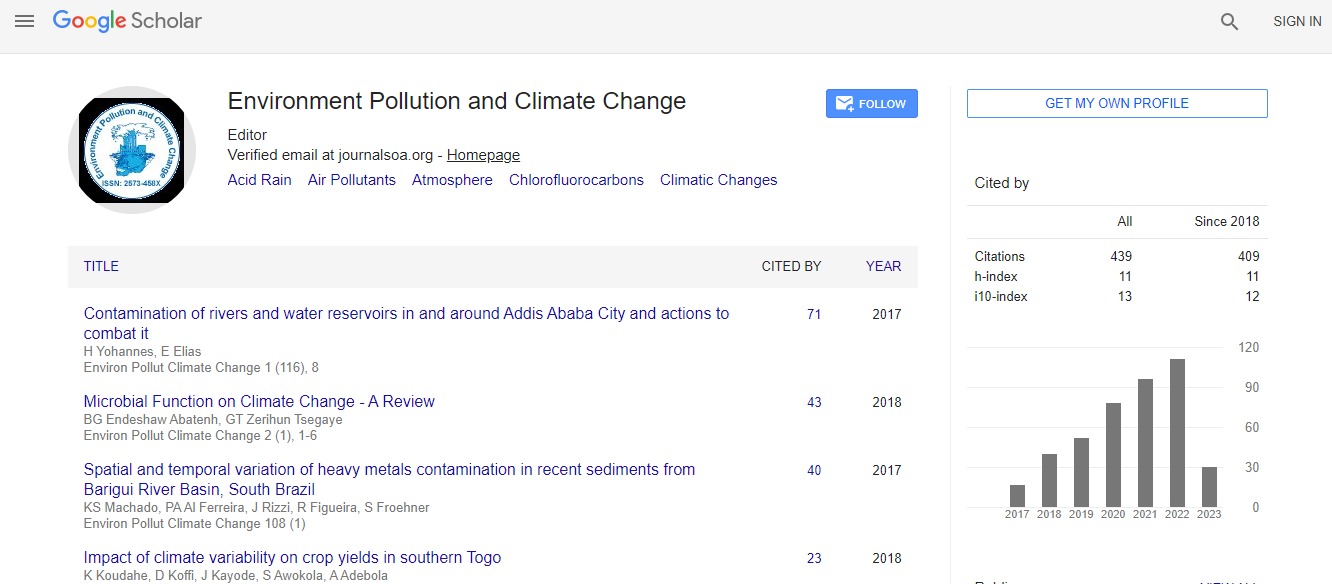Review Article
Endocrine Disrupting Compounds in Lotic Ecosystems: A Review on Its Occurrence, Sources and Effects on Chironomus riparius
Pinheiro C1,2*, Pereira R1,2 and Vieira M1,21Department of Biology, Faculty of Sciences of University of Porto, Rua do Campo Alegre S/N, 4169-007 Porto, Portugal
2CIIMAR–Centro Interdisciplinar de Investigação Marinha e Ambiental, Universidade do Porto, Terminal de Cruzeiros do Porto de Leixões, Av. General Norton de Matos S/N, 4450-208, Matosinhos, Portugal
- *Corresponding Author:
- Pinheiro C
Department of Biology
Faculty of Sciences of University of Porto
Rua do Campo Alegre S/N, 4169-007 Porto, Portugal
Tel: +351 912 546 737
E-mail: cmpinheiro@fc.up.pt
Received date: March 06, 2017; Accepted date: March 21, 2017; Published date: March 28, 2017
Citation: Pinheiro C, Pereira R, Vieira M (2017) Endocrine Disrupting Compounds in Lotic Ecosystems: A Review on Its Occurrence, Sources and Effects onChironomus riparius. Environ Pollut Climate Change 1:117.
Copyright: © 2017 Pinheiro C, et al. This is an open-access article distributed under the terms of the Creative Commons Attribution License, which permits unrestricted use, distribution, and reproduction in any medium, provided the original author and source are credited.
Abstract
Water plays a vital and irreplaceable role in the entire ecological balance. The increased human population growth, complemented by an intensification of agriculture, industrial development and urbanization, triggered an increase in pressures on water resources and in its consequent degradation, being that rivers one of the most resources intensively used and disturbed by man. Recent research has revealed the existence of hundreds of organic contaminants named “Emerging Organic Contaminants”. Within this vast group of contaminants, exists a class of xenobiotics capable of mimic hormones designated endocrine disrupting compounds. Since information, about this compounds is rare and spread out, the aim of our work is to examine the occurrence and sources of endocrine disrupting compounds and its effects in Chironomus riparius, an important aquatic insect used in ecotoxicological studies.

 Spanish
Spanish  Chinese
Chinese  Russian
Russian  German
German  French
French  Japanese
Japanese  Portuguese
Portuguese  Hindi
Hindi 
